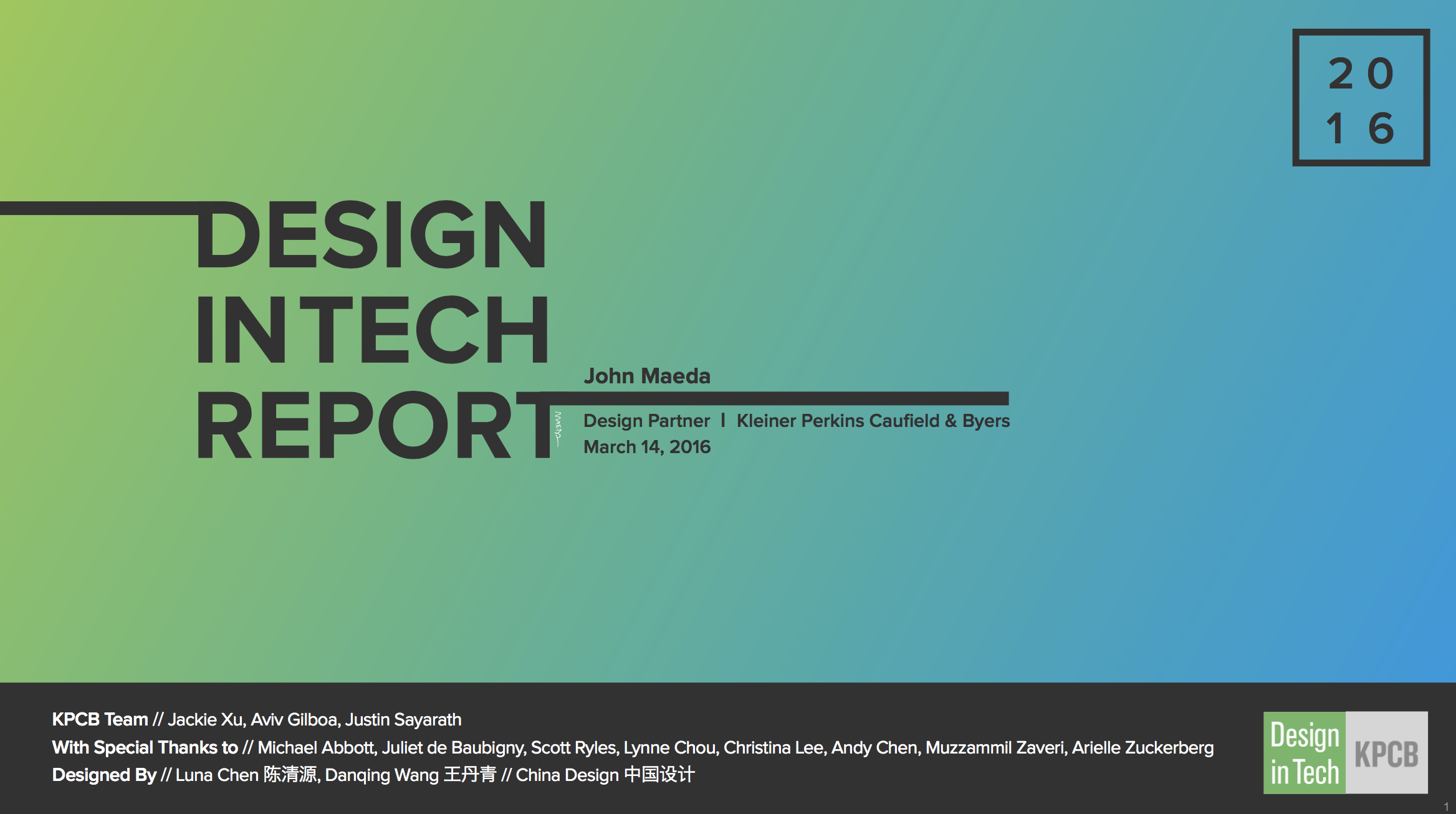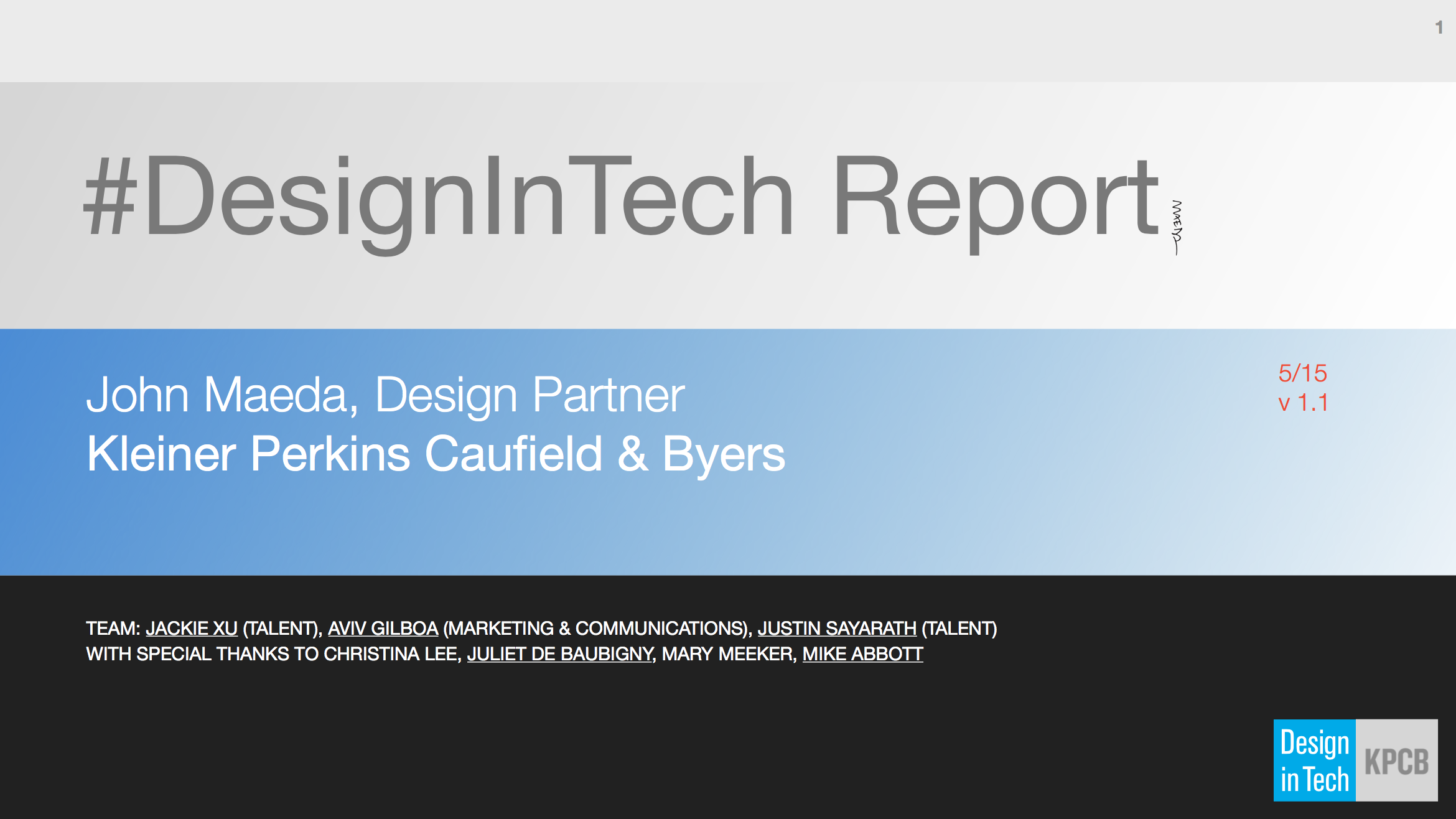SXSW 2026: UX2AX
Coming soon …
Submission Proposal:
UX to AX: Staying User-Centric As We Shift To Agents
Audience:
UX, UXR, and Product professionals adapting to AI-driven role changes and the shift toward agent-led experiences.
Description:
Designers make screens/flows for stakeholders to review, for users to test, and for many teams to adjust until everything matches the brand. But as AI acts on human intent directly, we’ll be designing for agents. Not users. Grounded in research, this talk explores the shift to Agentic Experience (AX), moving from crafting interfaces to orchestrating outcomes with zero visual affordances. Early-career designers will snap to this new reality, late-stage folks get to skip it, but mid-career Product people have the most to lose and need to redesign themselves for the AX era.
Targeted Takeaways:
- Learn how designing for agents shifts UX from screens to outcomes, tools, and decision flows.
- See how UX, UXR, and Content shape AX Product Design through context, evals, and agent observability.
- Understand how mid- and early-career product professionals can adapt their skills and mindset for the agent-led future of design.
AUTODESIGNERS ON AUTOPILOT: 2025
DESIGN AGAINST AI: 2024

SXSW Featured Session
Design in Tech Report 2024:
Design Against AI
Mar 8, 2024
2:30pm – 3:30pm CT
Austin Convention Center
Ballroom D
Now available: 2023 Design in Tech Report at SXSW

The 1st Design in Tech Report was launched at SXSW in 2015
Where did the 2020 Design in Tech Report go? There was a concern raised by an organization representing an artist who passed away that artwork within the Design in Tech Report (a Tony Ruth commission) was deemed as a potential copyright violation. Therefore it has been taken down. Sorry!

Design in Tech Report 2018
- The interactive 2018 #DesignInTech Report is available on GitHub.
- Download the abbreviated version in PDF form from this link.
- Take the #DesignInTech Readiness Index as a 5-minute Cosmo-style quiz.
- Text summary of the report on LinkedIn.
Key Observations for 2018
- Design isn’t just about beauty; it’s about market relevance and meaningful results.
- There are three kinds of design. Classical Design, Design Thinking, and Computational Design.
- In 2017 there were 21 acquisitions of creative agencies or designer-founded startups.
- Medical schools in the US are using design thinking in their curricula.
- Consulting companies are going beyond just design thinking — they’re changing how business is done.
- China continues to lead in designing experiences at a scale and level of sophistication that astounds.
- Indian and Latin markets are advancing design thinking and computational design. And we have a lot to learn from them.
- Gen B(older) is becoming a market opportunity for new products and services that can’t be ignored.
Silicon Valley design guru John Maeda distinguishes between three categories: “classical” designers, who create physical objects or products; “commercial” designers who innovate by seeking deep insights into how customers interact with products and services; and “computational” designers, who use programming skills and data to satisfy millions or even billions of users instantaneously.
—Clay Chandler on the Design in Tech Report
Design in Tech Report 2017
» Download the Full 2017 Design in Tech Report (3Mb)
» Listen to the 2017 Design in Tech Report on SoundCloud (1hr)
» Watch the Full 2017 Design in Tech Report on Vimeo (1hr)
» Design in Tech Report 2017 (4.5Mb)
Key Observations for 2017
- Design isn’t just about beauty; it’s about market relevance and meaningful results.
- At top business schools, design thinking is moving into the curriculum — driven by market demand.
- Both McKinsey & Co and IBM have recently made appointments at their most senior levels for designers.
- Adopting an inclusive design approach expands a tech product’s total addressable market.
- Computational designers remain in demand at technology companies of all sizes and maturity levels.
- Chinese design in tech principles and practices are leading the world, but are often overlooked.
- Design tool companies and design community platforms occupy new positions of value for tech.
- Voice- and chat-based interfaces are grounded in mental models that don’t require a visual representation.
VentureBeat’s Ken Yeung frames the new 2017 report in his related piece asking, “The tech industry needs more designers — are hybrid designer-developers the answer?”
Fast Company’s Katherine Schwab highlights the value of writing in the design process asserting, “Forget coding: writing is design’s unicorn skill.”
WIRED’s Liz Stinson posits, “When ‘design’ is no longer distinguishable from ‘tech,’ someday, design might not need Maeda’s 50-page reports to extol its virtues.” I agree!
áccent’s Anna Savina summarizes, “Designers’ role will be to support the social conscience of the product.”
Design in Tech Report 2016

Design in Tech Report 2015

